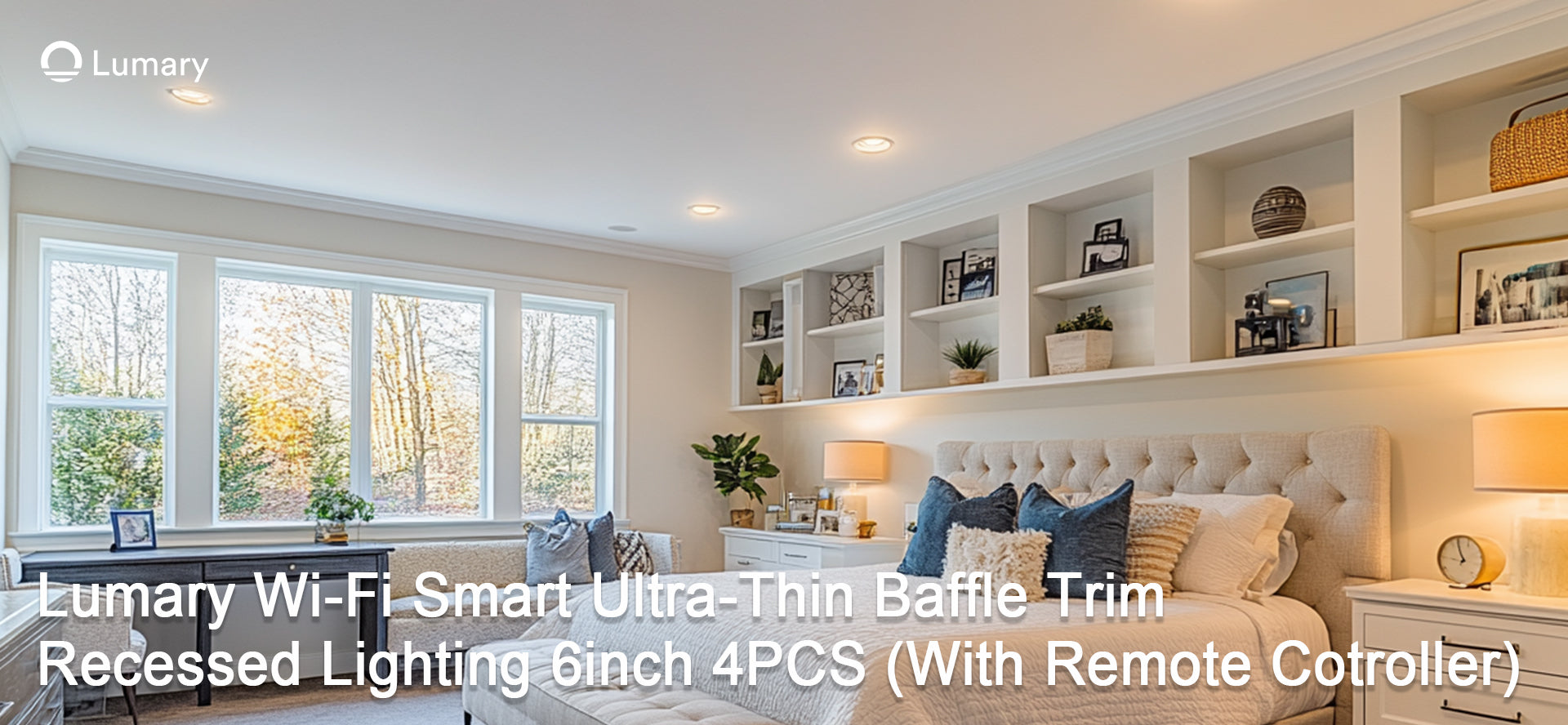Choosing energy-efficient LED lights for outdoor lighting offers numerous benefits. These lights consume up to 80% less energy than traditional bulbs, making them a smart choice for reducing electricity bills. You can save almost $70 annually compared to conventional lighting. Additionally, LED lights for outdoor lighting last longer, minimizing the need for frequent replacements. This not only saves money but also reduces waste. Beyond cost savings, LED lights for outdoor lighting enhance your home's aesthetics and security. Their bright illumination deters intruders while highlighting architectural features, creating a welcoming ambiance.
Understanding LED Technology

What Makes LEDs Energy-Efficient?
LEDs, or Light Emitting Diodes, stand out for their remarkable energy efficiency. Unlike traditional incandescent bulbs, LEDs convert most of the electricity they consume into light rather than heat. This efficient conversion process allows LEDs to use up to 90% less energy than incandescent bulbs. You benefit from lower electricity bills and reduced environmental impact.
LEDs also have a longer lifespan. They can last up to 25 times longer than traditional lighting options. This longevity means fewer replacements, which saves you money and reduces waste. The solid-state technology in LEDs contributes to their durability, making them less prone to breakage compared to fragile incandescent bulbs.
Comparing LEDs to Traditional Lighting Options
When comparing LEDs to traditional lighting options, several factors highlight their superiority. Incandescent bulbs, for example, waste a significant amount of energy as heat. This inefficiency results in higher energy consumption and increased costs. In contrast, LEDs remain cool to the touch, ensuring more energy is used for illumination.
Key Benefits of LEDs Over Traditional Lighting:
-
Energy Efficiency: LEDs use up to 75% less electricity than incandescent bulbs.
-
Longevity: LEDs last significantly longer, reducing the need for frequent replacements.
-
Cost Savings: Despite a higher initial cost, LEDs save money over time due to lower energy use and reduced maintenance.
-
Environmental Impact: LEDs contribute to less waste and lower carbon emissions.
Advancements in LED technology have further enhanced their efficiency and performance. Modern LEDs offer a range of color temperatures and brightness levels, allowing you to customize your outdoor lighting to suit your needs. Whether you aim for a warm, inviting glow or bright, secure illumination, LEDs provide versatile options that outperform traditional lighting solutions.
Assessing Your Outdoor Lighting Needs
Identifying Areas for Lighting
When planning your outdoor lighting, start by identifying key areas that require illumination. Focus on entry points, pathways, and dark corners. These spots not only enhance the beauty of your home but also play a crucial role in security. Well-lit entry points deter potential intruders, while illuminated pathways reduce the risk of trips and falls. Consider areas like driveways, patios, and garden features. Each of these spaces can benefit from strategic lighting placement, enhancing both safety and aesthetics.
Determining the Purpose of Each Light
Understanding the purpose of each light helps you make informed decisions about your outdoor lighting setup. Here are three primary purposes to consider:
Security
Security lighting is essential for protecting your home. Bright lights at entry points and around the perimeter can deter intruders. Motion sensor lights are particularly effective. They activate only when movement is detected, conserving energy while providing security. Floodlights are a popular choice for this purpose, offering wide coverage and high brightness.
Aesthetics
Aesthetic lighting transforms your outdoor space into a visual delight. Use softer lights to highlight architectural features or landscape elements. Pathway lights create a welcoming ambiance, guiding guests safely to your door. Consider using color-changing LEDs for a dynamic effect. These lights can enhance the mood for different occasions, from cozy family gatherings to festive celebrations.
Functionality
Functional lighting ensures that outdoor activities can be carried out safely and efficiently. Task lighting near grills, workbenches, or seating areas provides the necessary illumination for specific tasks. Choose lights with adjustable brightness to suit various needs. For example, brighter lights for cooking or reading, and dimmer settings for relaxing evenings.
By assessing your outdoor lighting needs and understanding the purpose of each light, you can create a well-lit environment that enhances security, aesthetics, and functionality. This thoughtful approach not only improves safety but also elevates the overall appeal of your home.
Evaluating LED Outdoor Lighting Options

When selecting LED lights for outdoor lighting, understanding the different types and features available can help you make an informed decision. This section will guide you through the various options and considerations to ensure you choose the best lighting for your needs.
Types of LED Outdoor Lights
LED lights for outdoor lighting come in various forms, each serving specific purposes and enhancing different aspects of your outdoor space.
Floodlights
Floodlights provide broad, intense illumination, making them ideal for security purposes. They cover large areas, such as driveways or backyards, with bright light. Revolve LED Outdoor Lighting Fixtures offer high-quality floodlights that enhance safety while reducing energy costs. These lights are perfect for deterring intruders and ensuring visibility in expansive outdoor spaces.
Pathway Lights
Pathway lights illuminate walkways, driveways, and garden paths, enhancing both safety and aesthetics. They guide guests safely to your door and highlight landscaping features. Consider using LED pathway lights with adjustable brightness to create a welcoming ambiance. These lights consume less power and have a longer lifespan, making them an energy-efficient choice for outdoor lighting.
Wall Lights
Wall lights add both functionality and style to your outdoor areas. They are typically mounted on exterior walls to provide focused lighting for entryways, patios, or decks. Wall lights can also accentuate architectural features, adding depth and character to your home’s exterior. Choose LED wall lights for their energy efficiency and versatility in light color and intensity.
Features to Consider
When evaluating LED lights for outdoor lighting, consider several key features to ensure you select the most suitable options for your needs.
Lumens and Brightness
Lumens measure the brightness of a light. Higher lumens indicate brighter light output. When choosing LED lights for outdoor lighting, consider the lumens required for each area. For security lighting, opt for higher lumens to ensure adequate illumination. For ambiance or accent lighting, lower lumens may suffice.
Color Temperature
Color temperature affects the mood and appearance of your outdoor space. Measured in Kelvin (K), it ranges from warm to cool tones. Warm white LEDs (around 2700K-3000K) create a cozy, inviting atmosphere, while cool white LEDs (4000K-5000K) offer a modern, crisp look. Select the color temperature that complements your home’s style and desired ambiance.
Smart Features
Smart features enhance the functionality and convenience of LED lights for outdoor lighting. Look for lights with motion sensors or timers to ensure they activate only when needed, conserving energy. Some LED lights offer app control, allowing you to adjust settings remotely. Lumary Smart RGBAI Landscape Lights Pro exemplify this with customizable scenes and voice control compatibility, providing both convenience and energy efficiency.
By understanding the types and features of LED lights for outdoor lighting, you can create a well-lit, energy-efficient outdoor environment. Whether you prioritize security, aesthetics, or functionality, LED lighting offers versatile solutions to meet your needs.
Calculating Energy Efficiency and Cost
Understanding Energy Ratings
When choosing LED outdoor lighting, understanding energy ratings is crucial. Energy ratings indicate how efficiently a light bulb converts electricity into light. LED lights typically have higher energy ratings compared to traditional incandescent or halogen bulbs. This means they use less electricity to produce the same amount of light. By selecting LED lights with high energy ratings, you can significantly reduce your energy consumption and lower your electricity bills.
Estimating Long-term Savings
Switching to LED outdoor lighting offers substantial long-term savings. Although LED lights may have a higher initial cost, their energy efficiency and longevity lead to cost savings over time. LED lights consume up to 90% less energy than traditional incandescent bulbs. This reduction in energy usage translates to lower electricity bills. Additionally, LED lights last much longer, reducing the frequency of replacements. Over the lifespan of an LED bulb, you can save a considerable amount of money on both energy costs and replacement expenses.
Initial Costs vs. Long-term Benefits
When evaluating the cost of LED outdoor lighting, consider both the initial investment and the long-term benefits. LED lights often have a higher upfront cost compared to traditional lighting options. However, their energy efficiency and extended lifespan make them a more economical choice in the long run.
-
Initial Costs: LED lights may require a larger initial investment. This cost includes purchasing the bulbs and any necessary fixtures.
-
Long-term Benefits:
-
Energy Savings: LEDs consume significantly less energy, leading to lower electricity bills.
-
Reduced Maintenance: The long lifespan of LEDs means fewer replacements, saving you money on maintenance and replacement costs.
-
Environmental Impact: By using less energy and producing less waste, LEDs contribute to a more sustainable environment.
-
Installation and Maintenance Tips
Proper Installation Techniques
Installing LED outdoor lighting correctly ensures optimal performance and longevity. Begin by selecting the appropriate fixtures for your specific needs. Consider factors such as location, purpose, and environmental conditions. For instance, choose waterproof fixtures for areas exposed to rain or moisture.
-
Plan the Layout: Map out where each light will go. Ensure that the placement enhances both aesthetics and functionality. Avoid placing lights too close to each other to prevent overlapping beams.
-
Secure the Fixtures: Use sturdy mounts or brackets to secure the lights. This prevents them from shifting or falling due to wind or other external forces. Ensure that all connections are tight and secure to avoid water ingress.
-
Follow Electrical Safety Standards: Always adhere to local electrical codes and safety standards. Use outdoor-rated cables and connectors. If unsure, consult a professional electrician to ensure safe installation.
-
Test the System: After installation, test the lights to ensure they function correctly. Check for any flickering or dimming, which may indicate a loose connection or faulty fixture.
Regular Maintenance Practices
Regular maintenance keeps your LED outdoor lighting in top condition. It also extends the lifespan of the fixtures and ensures consistent performance.
-
Clean the Fixtures: Dust and debris can accumulate on the lights, reducing their brightness. Clean the fixtures regularly with a soft cloth and mild detergent. Avoid using harsh chemicals that may damage the surface.
-
Inspect for Damage: Periodically check the lights for any signs of wear or damage. Look for cracks, rust, or loose connections. Address any issues promptly to prevent further damage.
-
Check the Wiring: Inspect the wiring for any signs of fraying or exposure. Replace damaged wires immediately to prevent electrical hazards.
-
Adjust the Positioning: Over time, fixtures may shift due to environmental factors. Adjust the positioning as needed to maintain optimal lighting coverage.
Troubleshooting Common Issues
Even with proper installation and maintenance, you may encounter some common issues with LED outdoor lighting. Here are solutions to address these problems:
-
Flickering Lights: Flickering often results from loose connections or incompatible dimmers. Tighten all connections and ensure that the dimmer switch is compatible with LED lights.
-
Dim Lights: If the lights appear dim, check for dirt or debris on the fixtures. Clean them thoroughly. Also, verify that the power supply is adequate for the number of lights installed.
-
Non-functioning Lights: If a light does not turn on, check the bulb and replace it if necessary. Ensure that the fixture is receiving power and that all connections are secure.
By following these installation and maintenance tips, you can enjoy the benefits of LED outdoor lighting for years to come. Proper care not only enhances performance but also maximizes energy efficiency and cost savings.
Choosing energy-efficient LED outdoor lighting offers numerous benefits. You can enjoy significant cost savings, with potential annual savings of almost $70 compared to conventional lighting. LEDs also enhance your home's aesthetics and security. Their bright illumination deters intruders while highlighting architectural features. Consider both immediate and long-term advantages. LEDs reduce electricity bills and minimize waste due to their longevity. Start planning your LED outdoor lighting upgrade today. Transform your outdoor spaces into well-lit, energy-efficient environments that enhance both safety and beauty.

















